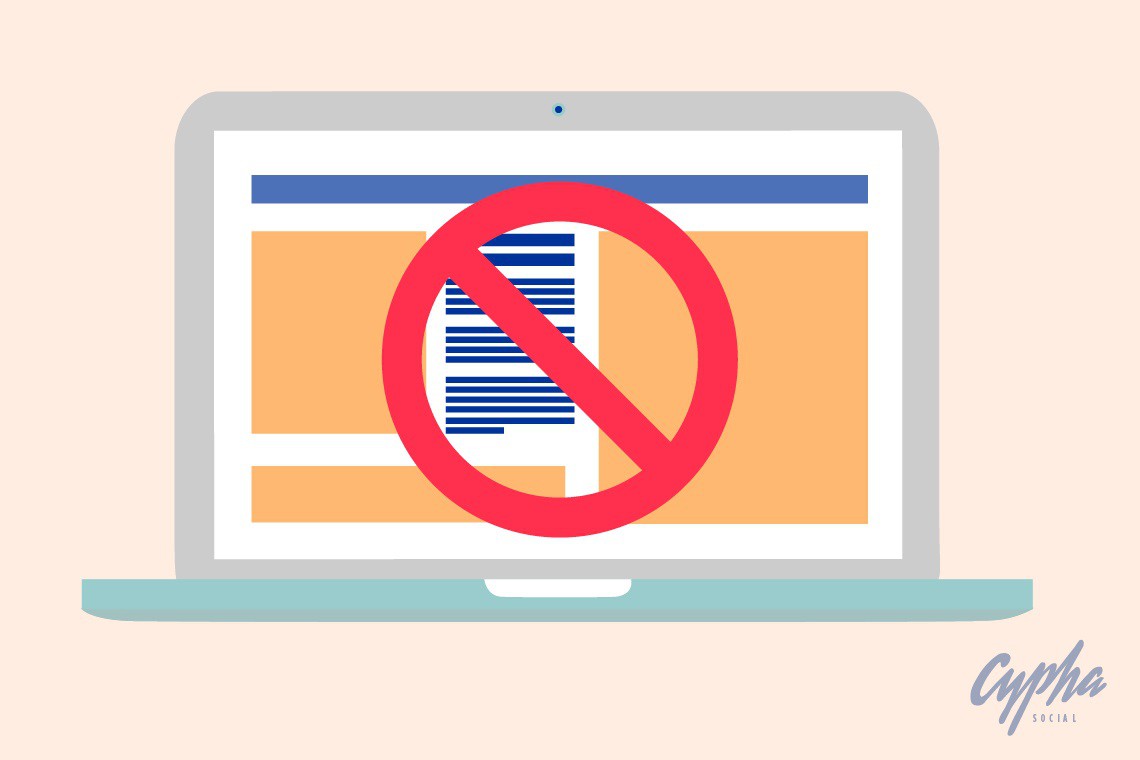Ad blocking software represents a significant challenge for advertisers and content producers. With an estimated 200 million monthly active users of ad blocking software, a number which represents an exponential level of growth from just last year, the established nature and traditional methods of digital advertising seems to be in need of change.
The reasons why consumers use ad blocking software are numerous. For example, a user might want to increase the speed at which sites load, creating a better reading or viewing experience free from banners and pop-ups. They might want to increase their privacy and security, resenting advertising that relies on cookies to map and design content specifically for them.
Views, impressions and clicks equal revenue, and while this business model is still relevant, there’s an element of the self fulfilling prophecy to it. That is, a website that introduces advertising might see their user base begin to turn to ad blocking software. So, to make up for this lost revenue, they introduce more advertising, which could lead to more users turning to ad blocking.
People who use ad blockers, typically tech-savvy millennials, are generally the most attractive to advertisers, and are among the most likely to interact with advertising.
What’s perhaps most interesting about this is the fact that people who use ad blockers, typically tech-savvy millennials, are generally the most attractive to advertisers, and when they see advertising are among the most likely to interact with it.
Chuck Townsend, chairman of Condé Nast, believes that “ad blocking is really a way to articulate the fact that consumers have negative reactions to advertising out of context;” that the software is a ‘technological answer’ to consumer demand for an engagement experience rather than an interruption experience.
In 2015 it was estimated that in the US alone $10.7 billion was lost in advertising revenue, and that figure is predicted to increase to $20.3 billion in 2016. Despite this growth there’s some debate as to the future of the software. While some industry figures see the software as an epidemic that will continue to eat into revenue, others are predicting the popularity of ad blocking will wane in the next 5 years.
But how can we deal with ad blocking software now?
Blocking users of the software – this is an approach being trialled by The New York Times, detecting whether a site visitor is using the software and asking them to either subscribe or ‘whitelist’ their site.
Whitelisting/acceptable ads – some sites are allegedly paying the creators of ad blocking software to be whitelisted, allowing their advertising to appear. Similarly, Ad Block Plus, one of the most popular ad blocking tools, allows for advertising to appear if it falls within certain criteria involving size and placement.
Introducing a paywall – while similar in concept to blocking users, this approach excludes all users from accessing content without paying, not just those who have ad blocking software.
Asking for donations – rather than relying on advertising revenue, sites can ask their users to donate money to support their content. Alternatively, donating money could give a user access to ‘premium’, ad free content.
Sponsored/branded content and native content – integrating branded experiences into site content can be a way to avoid ad blocking software. This can take many forms, from sponsored content where a brand name or message is shared in an article or video, affiliate links or even paid search results.
Improving branded experiences with the goal of connecting with an audience, rather than just reaching an audience, will become increasingly important as the user base of ad blocking software continues to grow.
Rather than mass producing cheap, intrusive ads it might be better to have fewer but better produced, more personalised ads. Putting advertising in contextually relevant digital content as part of a cohesive, engaging experience might also allow for a better connection with an audience, as well as making the advertising seem relevant and appealing.
While ad blocking software might represent a challenge, it might not necessarily be a bad thing for the advertising community. Rather, forcing advertisers to look outside the box for new ways to create and share content might lead to increasingly creative and meaningful connections with consumers.
Similar
Articles



